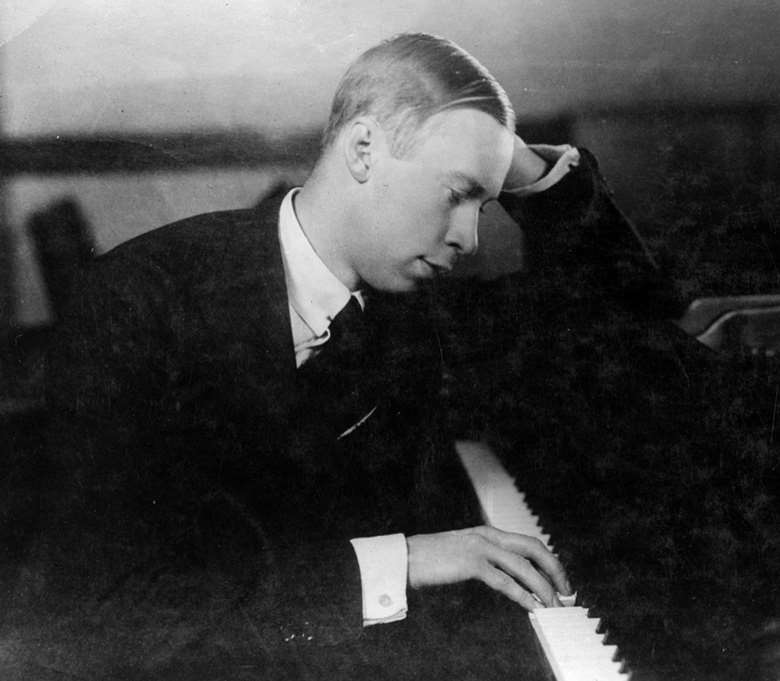Inside Prokofiev's Seventh Symphony
Philip Clark
Tuesday, January 5, 2016
Kirill Karabits tells Philip Clark why he started his Prokofiev cycle at the end

Register now to continue reading
Thanks for exploring the Gramophone website. Sign up for a free account today to enjoy the following benefits:
- Free access to 3 subscriber-only articles per month
- Unlimited access to our news, podcasts and awards pages
- Free weekly email newsletter








